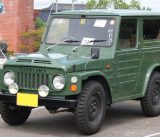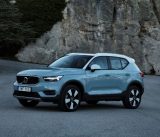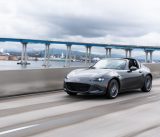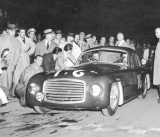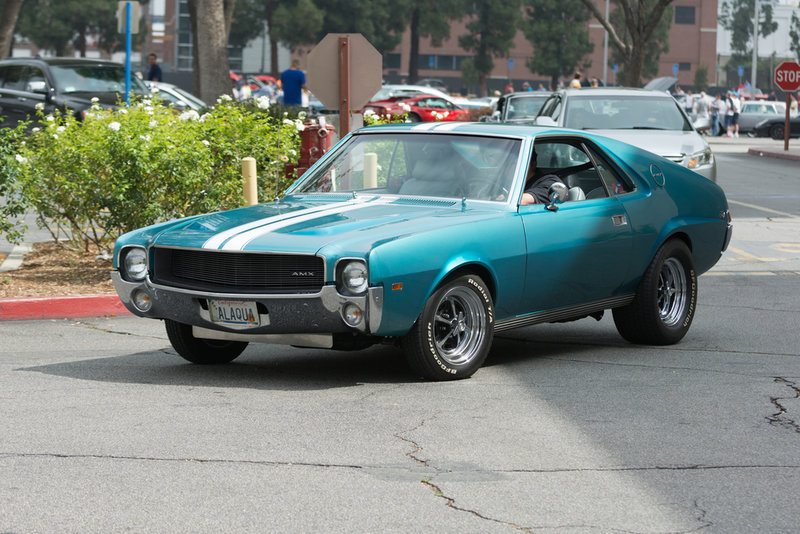
source: ShutterStock
One of the many auto companies that has not stood the test of time is AMC, or American Motors Corporation. During its time, however, it gave drivers numerous favorite vehicles, many of which are still popular today as classics, collected and shown among car enthusiasts. American Motors Corporation formed in 1954 when Hudson Motor Car Company and Nash-Kelvinator Corporation merged, an event which was the largest of all corporate mergers in U.S. history at the time.

Brief History of the Merged Companies
To get a feel for AMC’s history, take a glance back at the companies that merged to create it, and you will realize that this is among the oldest auto companies around. Some of the earliest history is in 1878 in Chicago where Thomas B. Jeffrey sold and built Rambler bicycles of the area. Another key player was Charles Nash, who began Nash Motors in 1916 after buying Jeffrey’s company; he had previously become General Motors president in 1912. In WWI, Nash Motors was the biggest producer of trucks within the country. The company kept growing, and in 1940, Nash worked to merge Nash Motors with Kelvinator and George W. Mason, Kelvinator’s former president, served as president of the company, while Nash was board chairman.
The other major company behind AMC, Hudson Motor Car Company, began in 1909 with the production of the Hudson motorcar the following year. During WWI, this was the biggest producer of 6-cylinder autos in the world. In 1950, the Rambler was a new small car and the two companies merged in 1954.
Introducing New Models
In 1955, the newly formed AMC introduced its new line of Hudson Hornets and Wasps which were advertised as being new from each end. The Rambler made its return in 1956 with lots of chrome, two-tone paint, a wraparound windshield, and reverse-slant C-pillar. It was branded as both a Hudson and a Nash. AMC designed a new V8 engine and added it to the lineup. In 1957, the marques of Hudson and Nash both became Rambler. The Rebel, Classic, and Ambassador models, along with the Bendix Electrojector electronic fuel injection system, a new system that was similar in design to more modern systems, all emerged in 1958; unfortunately, the new fuel injection system was not reliable and was too expensive to stay.
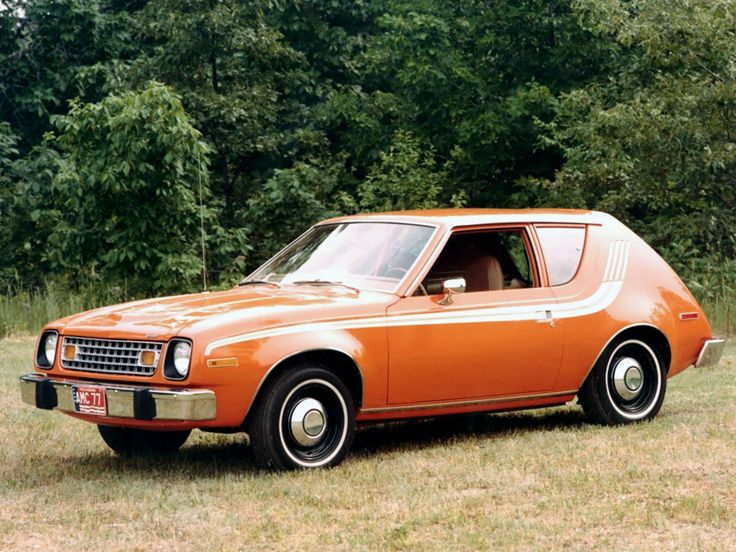
source: Pinterest
1960s and Beyond
AMC introduced another generation of the Rambler with more interior space in 1960 and the Rebel left the lineup. The first Rambler American redesign occurred in 1964, and in 1967 a brand-new version of the AMC Rebel replaced the Classic. The Javelin sports car arrived in 1968, with the Gremlin joining the lineup in 1970. Other models in the 1970s included the Matador, Gladiator, Pacer, Concord, and Spirit. In the 1980s, we got the Spirit, Renault Alliance, and more.

source: ShutterStock
The small AMC models were no match for the market interests in 1985 when buyers wanted larger autos and the company could not keep up. Issues at Renault, a major stockholder, also led to AMC’s downfall.

